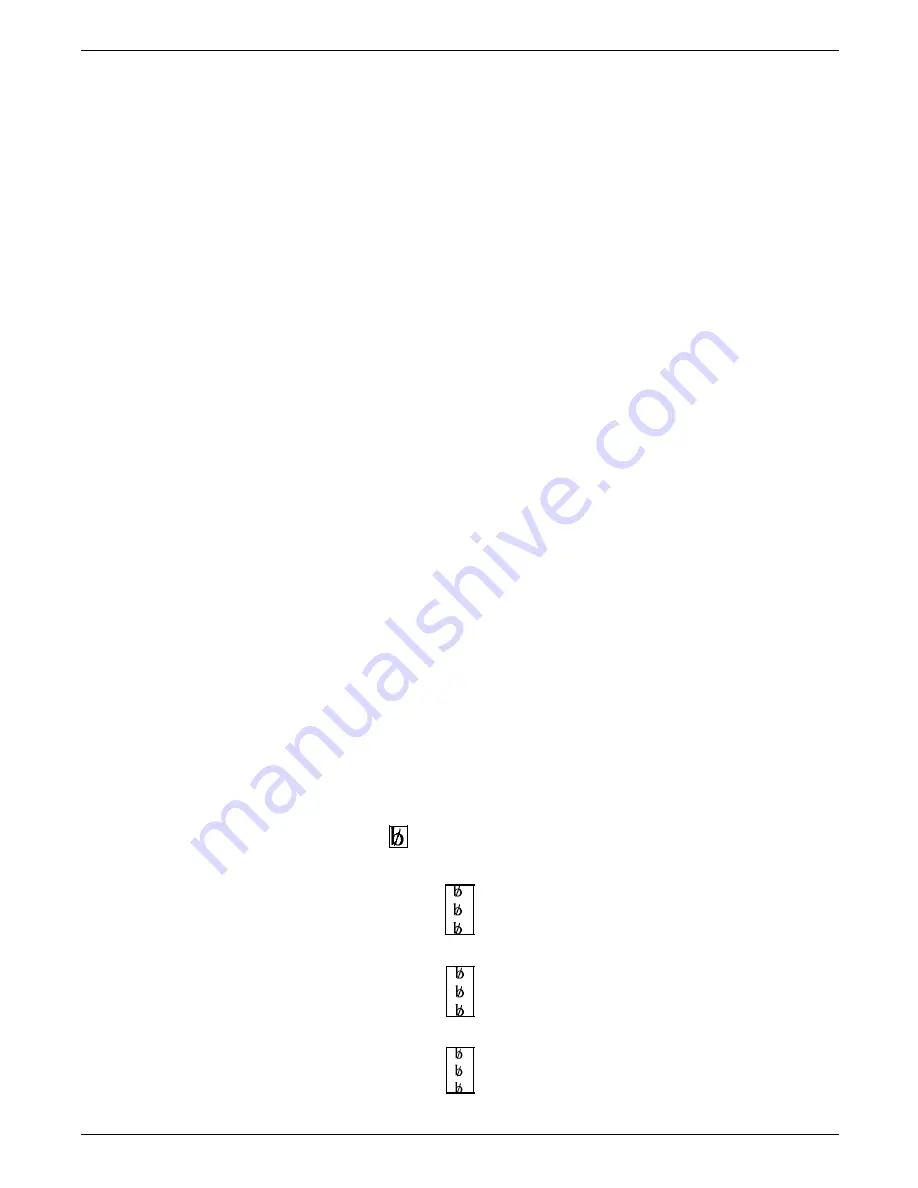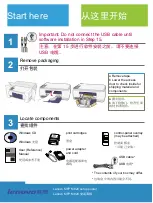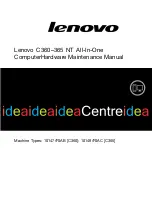
FORMS LAYOUT CONSIDERATIONS
Correcting TEXT-IN-BOX errors
If an error is detected, you have the following choices:
•
Make the box larger.
•
Reduce the number of lines.
•
Use a smaller font.
•
If text visually fits, use a TEXT AT command rather than a TEXT
IN BOX command.
Centering text in boxes
FDL uses line spacing as the vertical unit of size in centering text
within a box. In a small box, text that may not appear to be
properly centered may actually be centered accurately if line
spacing is considered. FDL cannot evaluate the aesthetics of the
final printed product. Therefore, it is up to you to create an
appropriate appearance for centered text.
Specifying line spacing within boxes
Most often, it is easiest to allow FDL to position text within
boxes. In cases where the result is not satisfactory, you can do
the following:
•
Specify an overriding line spacing value.
•
Exercise more control over text placement and assure
satisfying aesthetic requirements with the SPACED AT option,
possibly used in conjunction with blank lines, or the TEXT AT
command (that is specifically positioning text).
•
If overriding the line spacing does not achieve a satisfactory
appearance in particular form, specify a line spacing that is
smaller than the natural spacing of the font. A line spacing
smaller than the height of the characters could be used in
conjunction with blank lines.
Example
Text might be spaced at four dots, while the line spacing is really
59 dots. It seems paradoxical to designate that text be spaced at
four dots and create a form that actually has 59 dots of spacing.
However, this can be achieved through the use of blank lines. A
small line spacing along with blank lines allows you to get
positioning control and forces visual centering of text within a
box.
The statements below provide an example of how this technique
is used:
represents a blank line.
TEXT SPACED AT 4 DOTS IN BOX 10, 10
‘TEXT LINE 1'
‘TEXT LINE 2'
XEROX 4850/4890 HIGHLIGHT COLOR LPS FORMS CREATION REFERENCE
5-9
















































